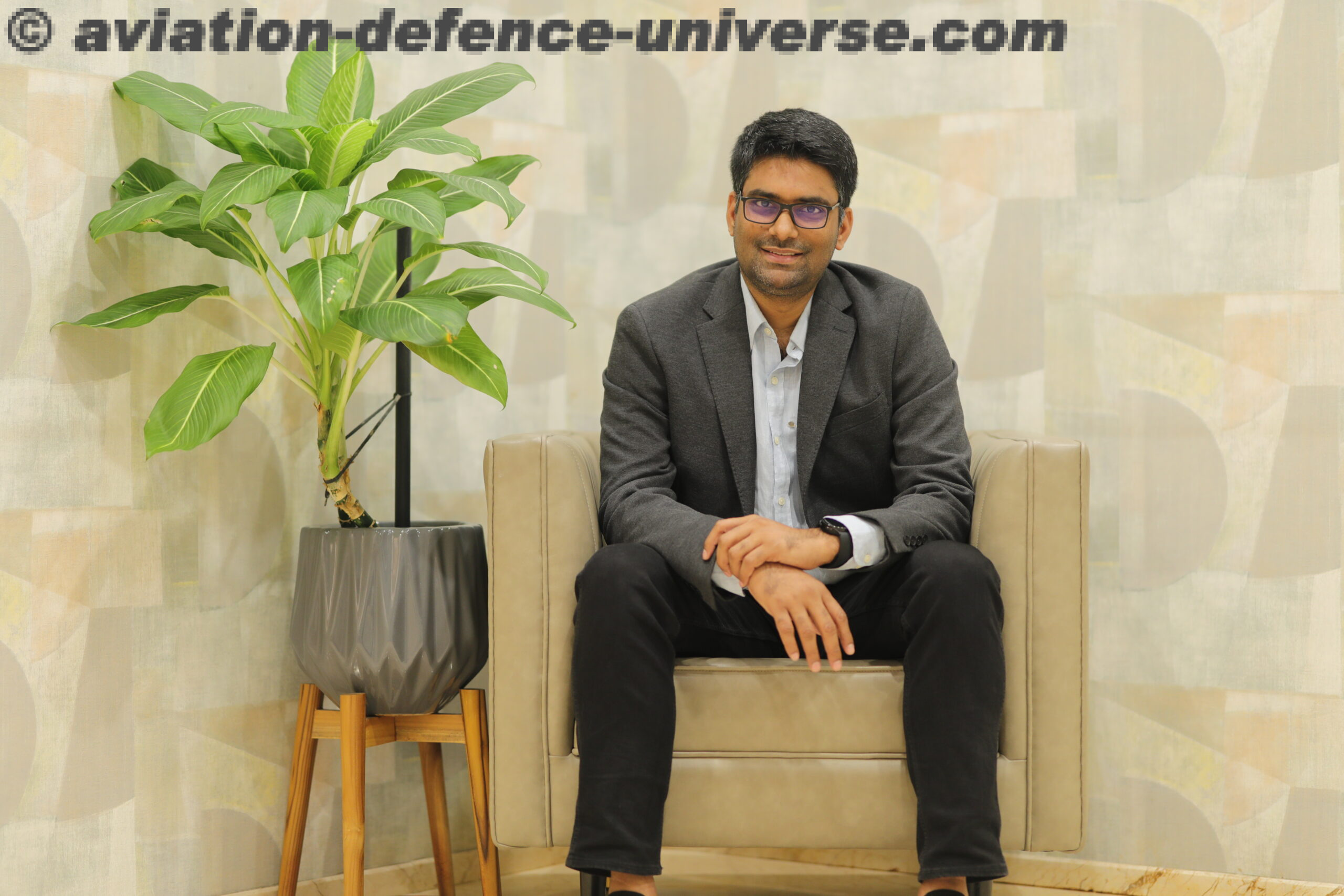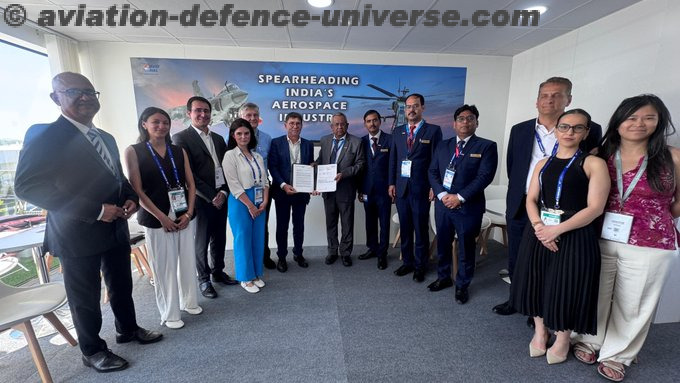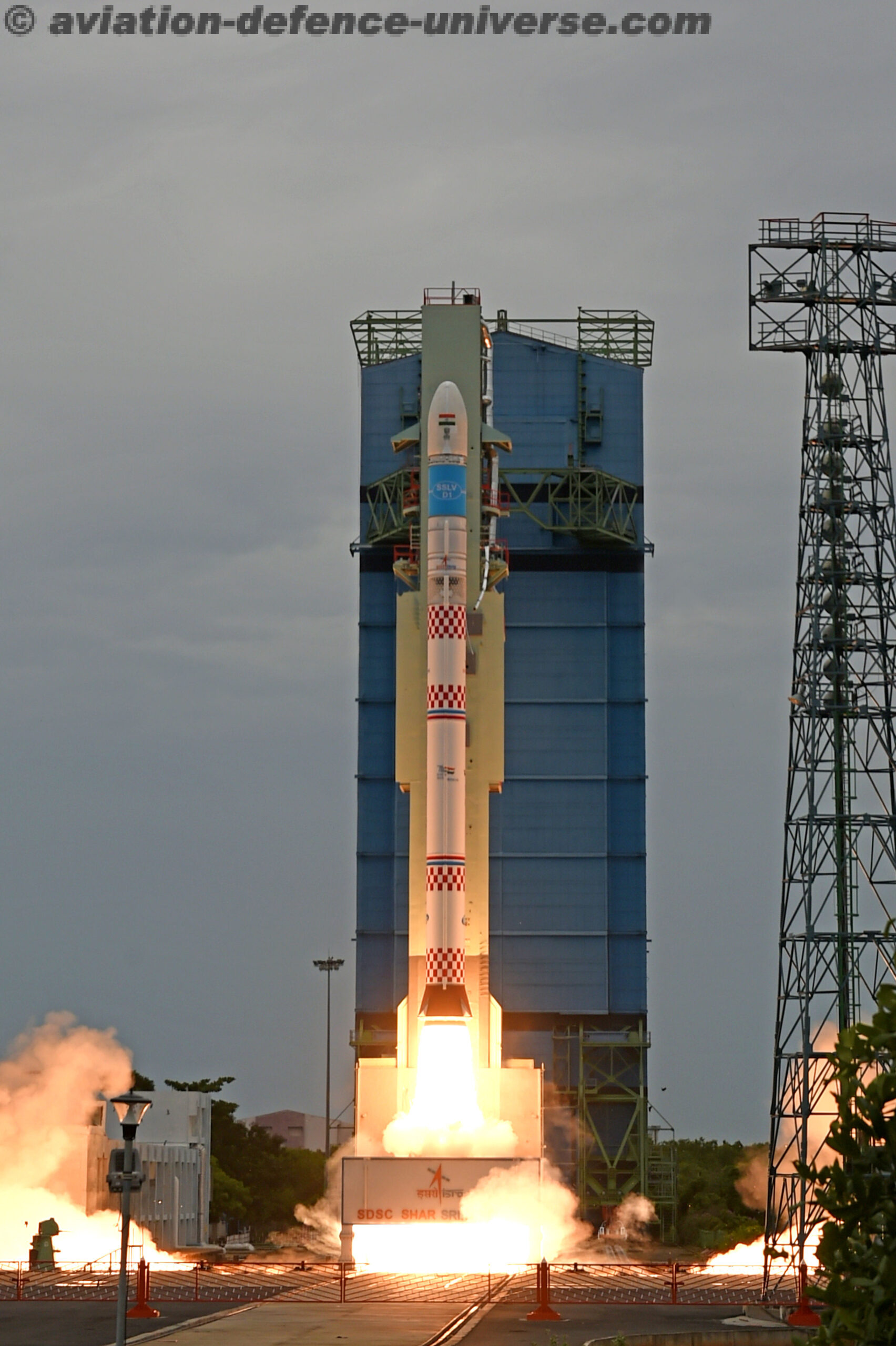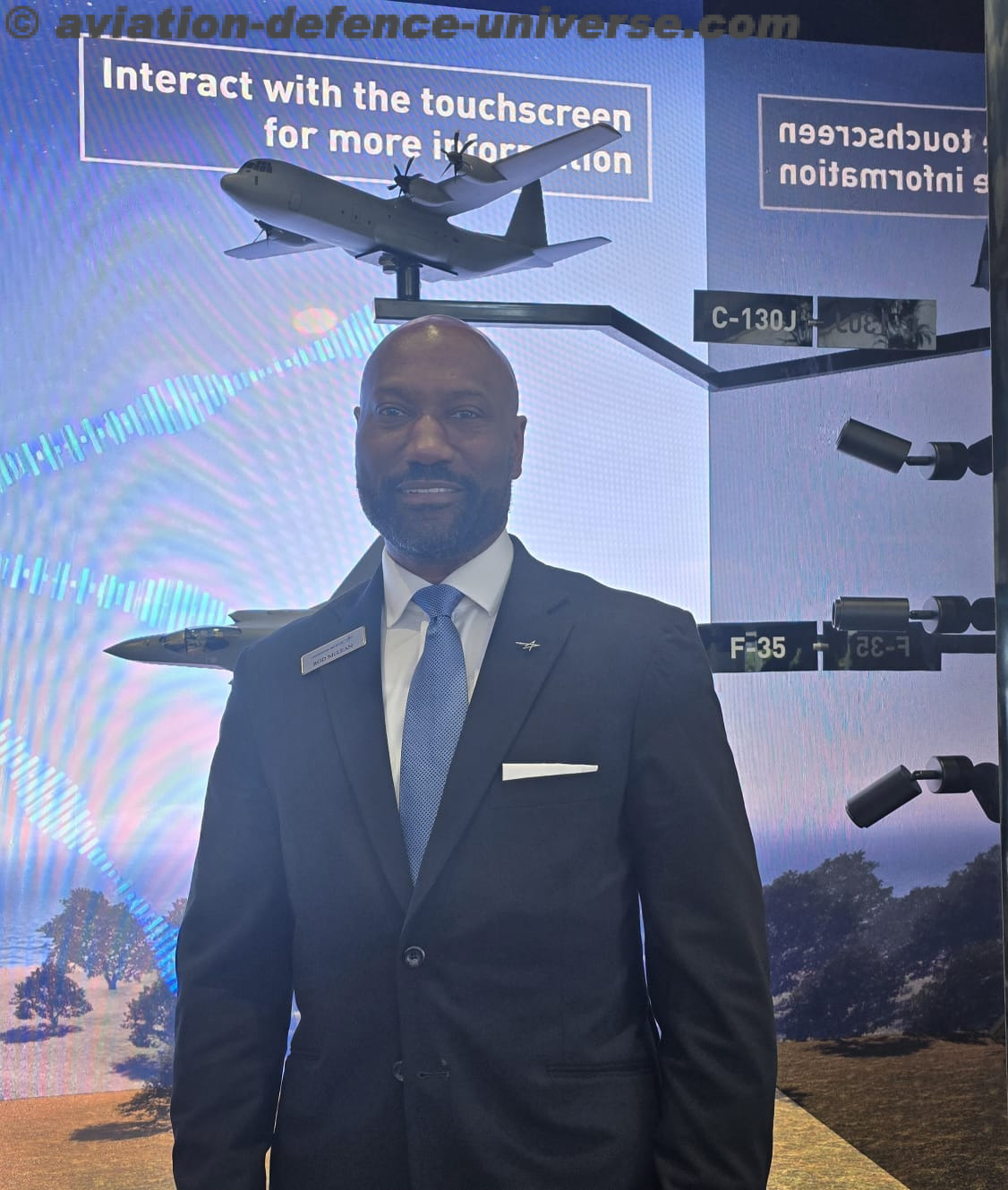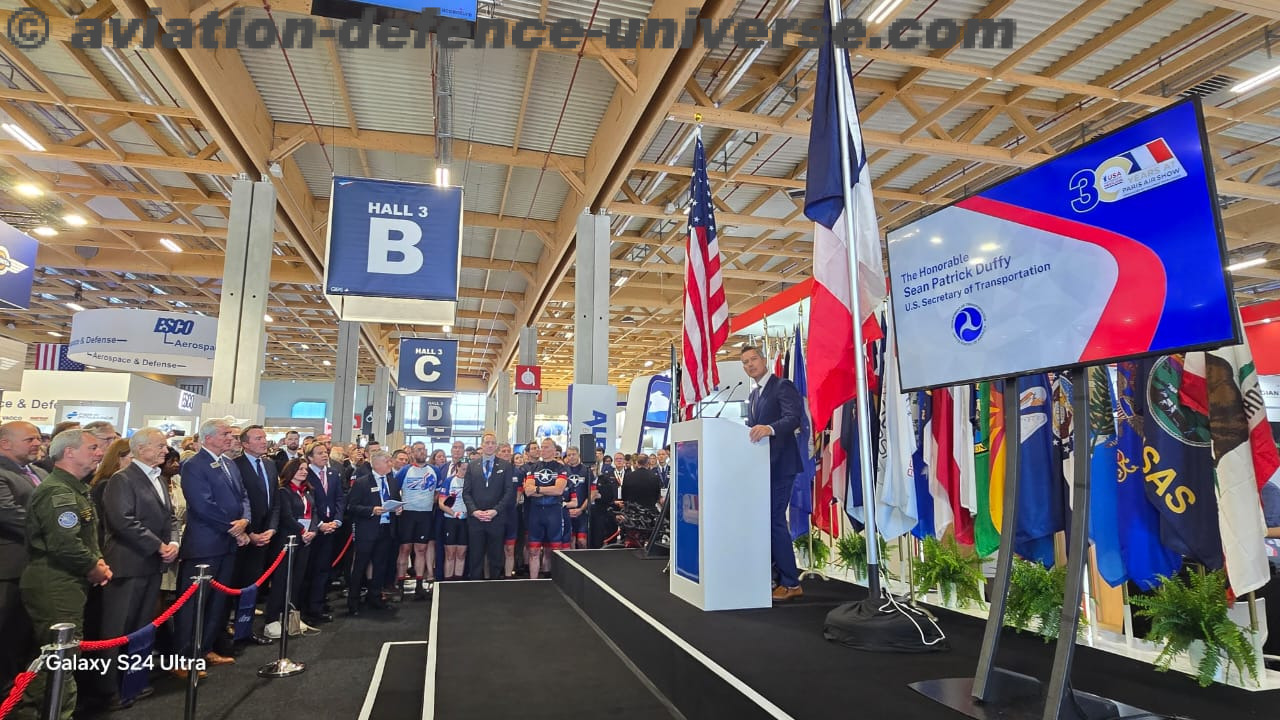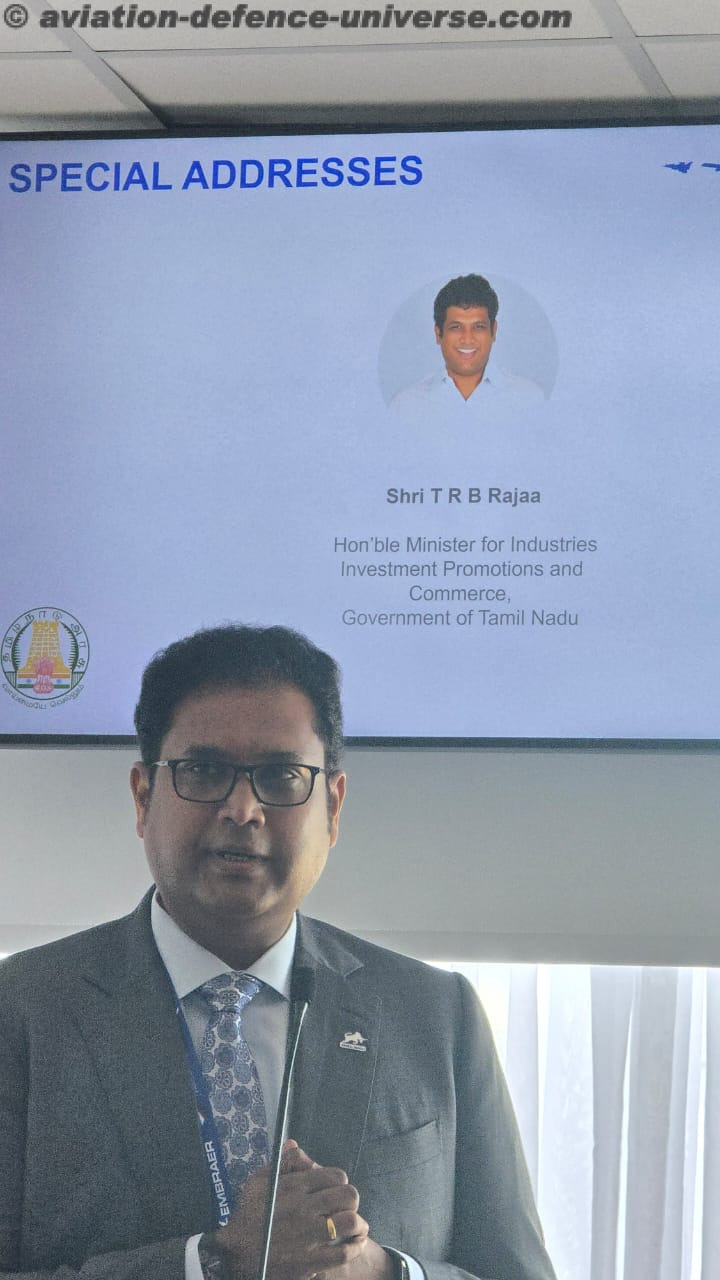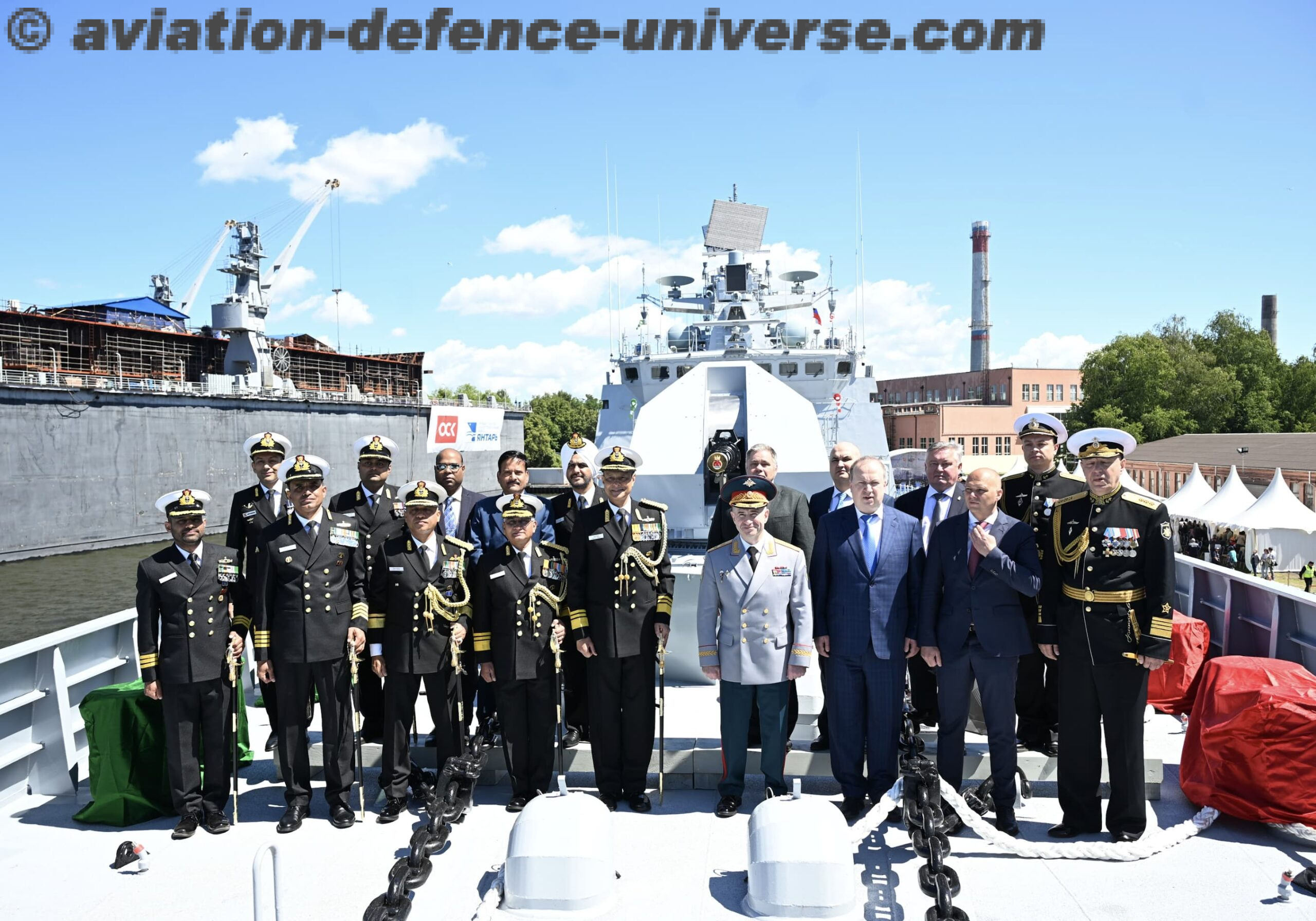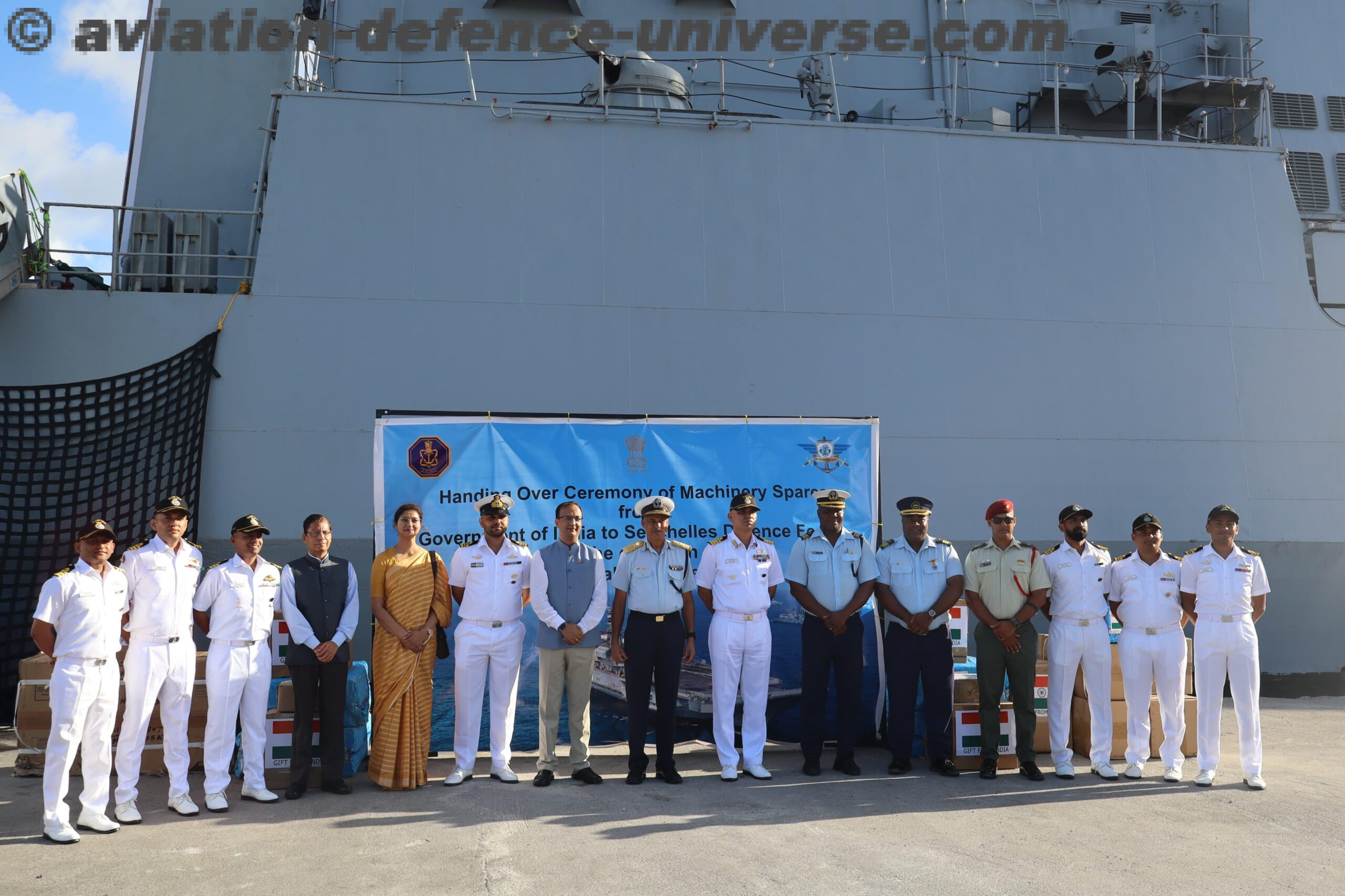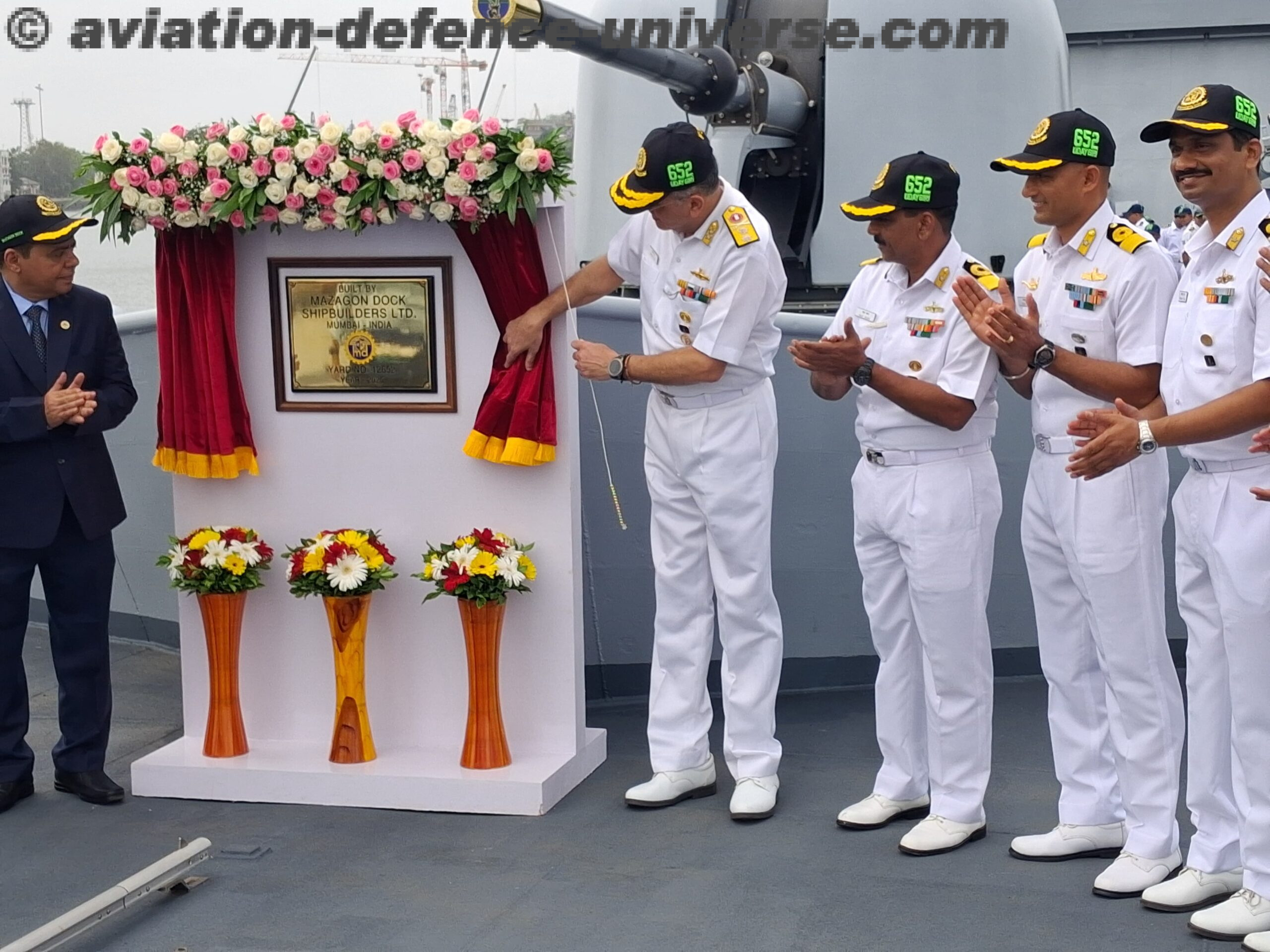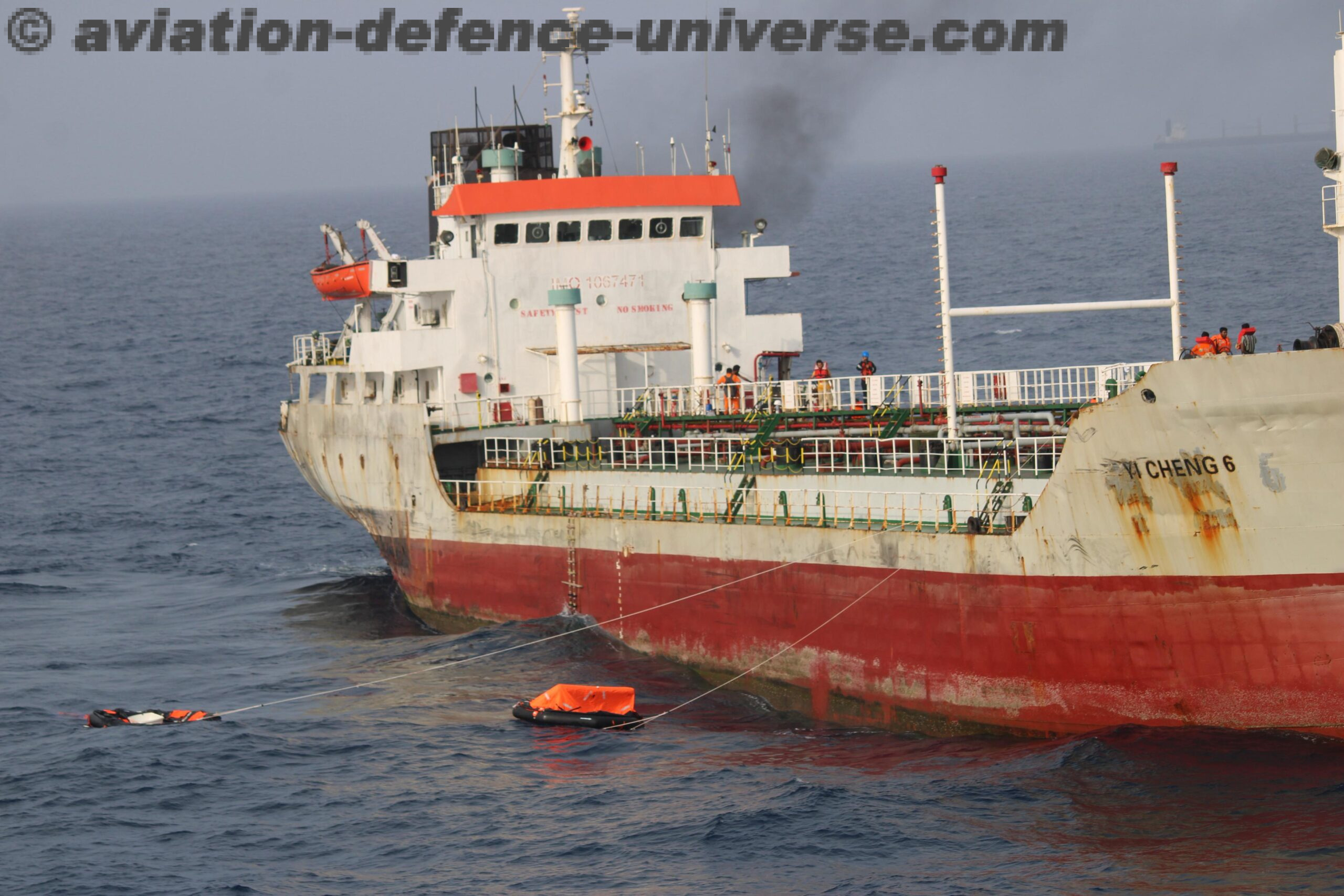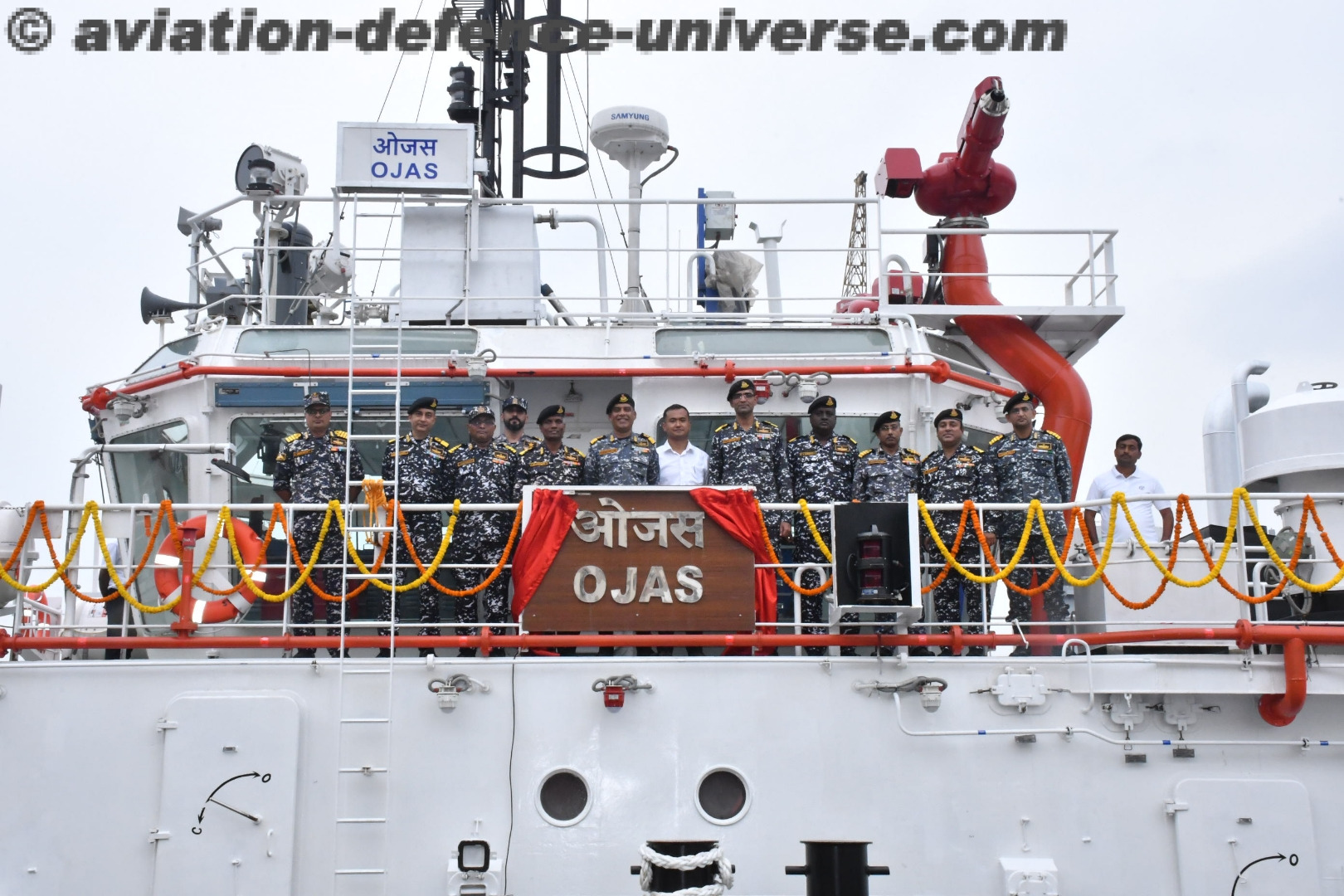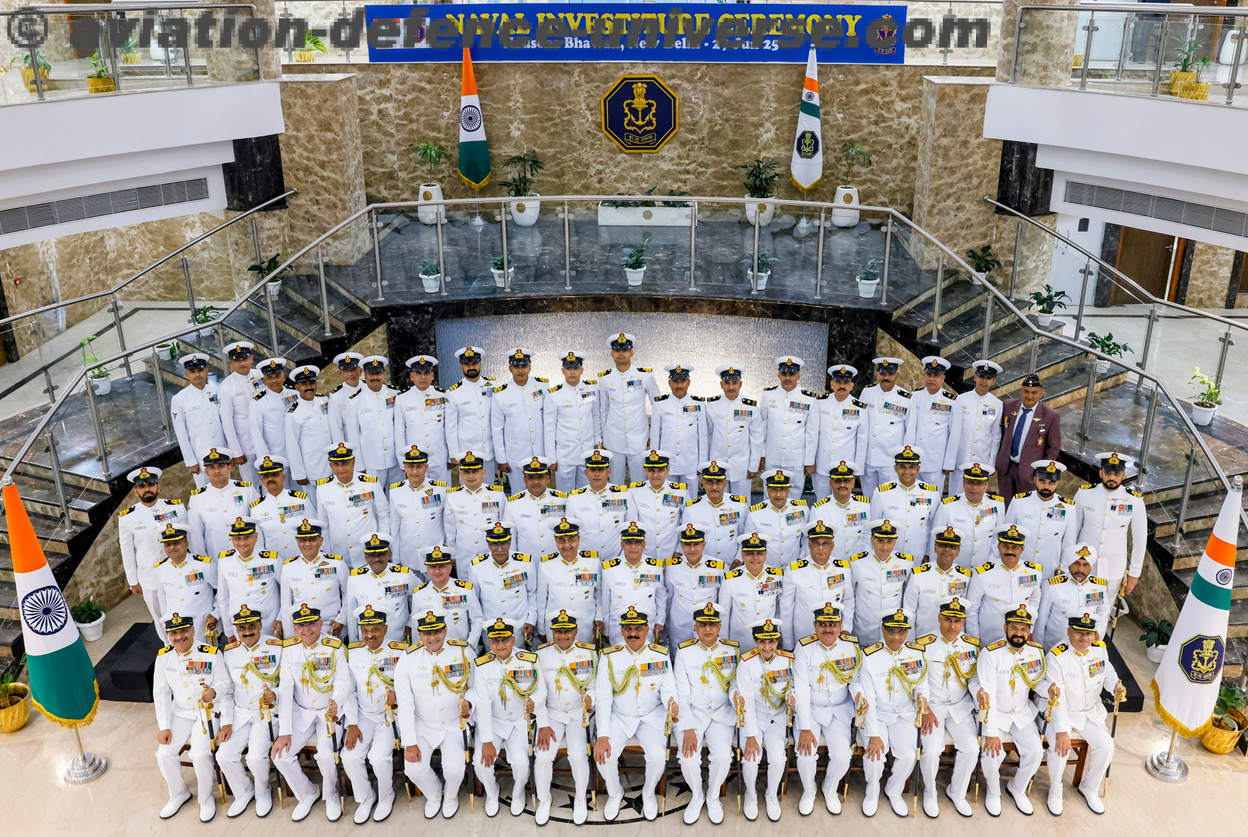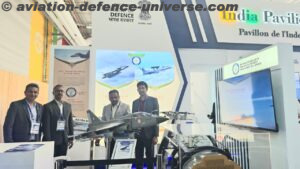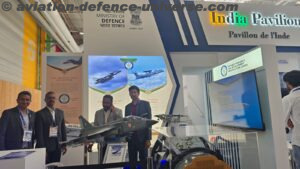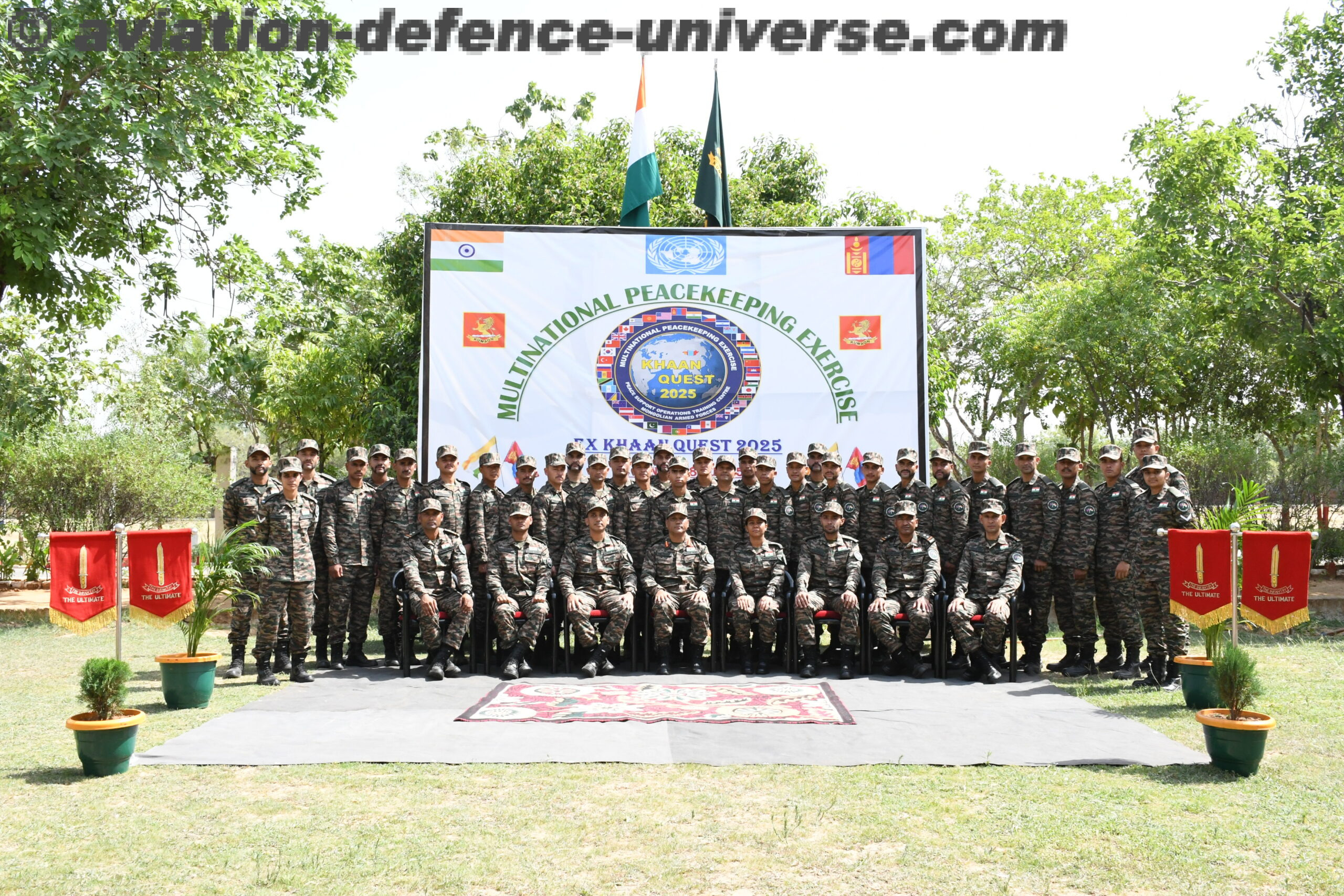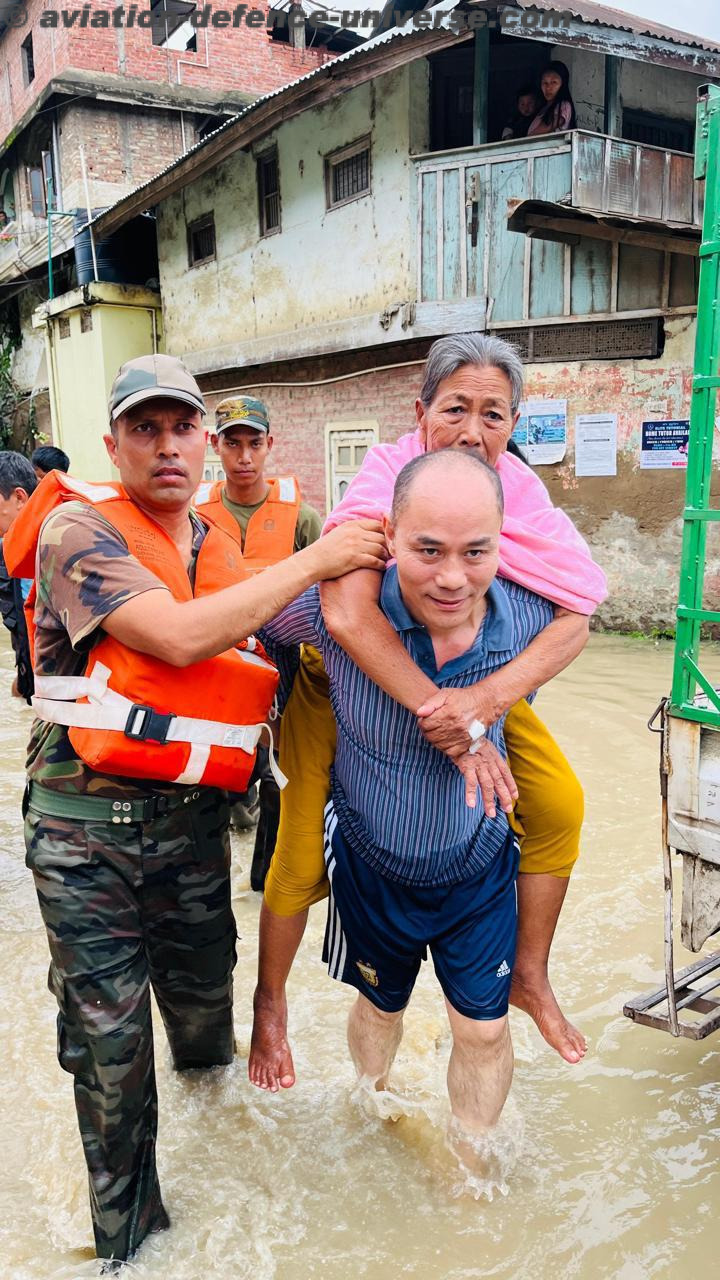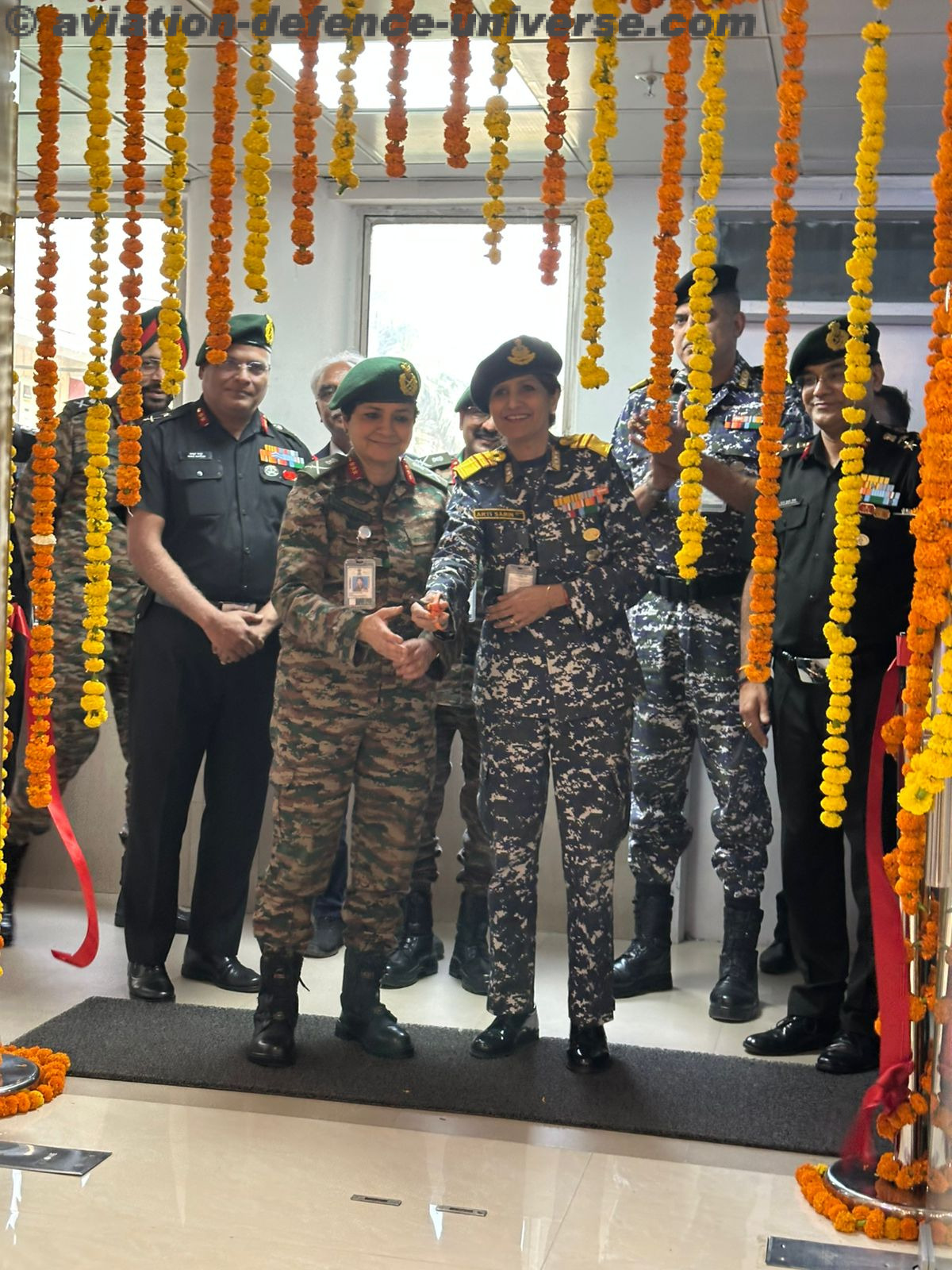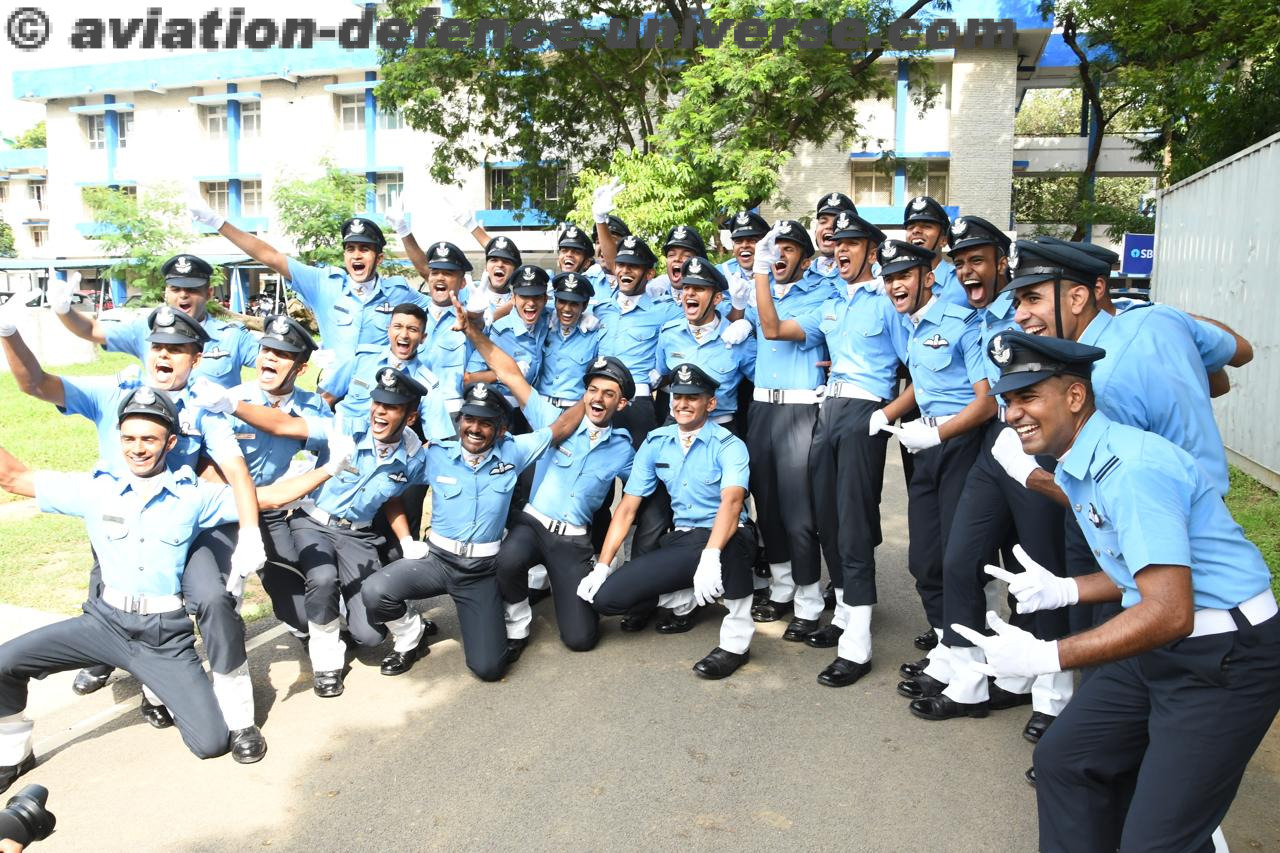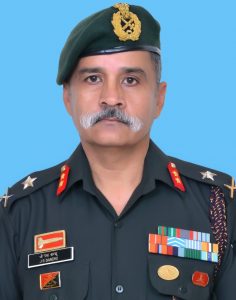
New Delhi. 29 October 2020. “The events along the Northern Borders has exacerbated the security situation along the Line of Control. We are witnessing an increase in infiltration despite the COVID-19 Pandemic. However, Infantry units deployed along the Line of Control have been vigilant and have successfully thwarted most infiltration attempts. There has been no felt need to alter the force levels deployed along the Line of Control and the situation continues to remain well within our control,” Major General Jasbir Singh Sandhu, AVSM, Officiating Director General of Infantry told Aviation & Defence Universe (ADU) in an exclusive interview, on the occasion of Infantry Day 2020.
ADU. With the current situation at LAC(Line of Actual Control) and the increased threat perception, do you envisage a change in the presence, numbers and strategy of the Infantry for combating this?
DGInf. The Indian Armed Forces are committed to maintaining territorial integrity and sovereignty of our great Nation-at all cost. Indian Army is the second largest Army in the world and Infantry is the largest Arm of this great Army. The deployment of infantry will be dictated by the operational requirements and there are no constraints envisaged in its deployment. There is no change in the strategy of the Infantry- Infantry fights ‘last man last round’ and we still maintain the same.
ADU. By what percentage is Army planning to increase its Infantry Strength? Are there some new battalions which will be raised in the near future?
DGInf. Restructuring and modernization of the Indian Army is currently underway. The restructuring is aimed at enhancing the capability and capacity of the Indian Army. Restructuring and modernization of Infantry is also part of this overall plan. Essential raisings or restructuring of units and formations is being undertaken as per plan. Quantitative assessment of this restructuring will be misleading and is therefore avoidable. It is sufficient to say that modernization and restructuring of the infantry is being undertaken to enable it to fight effectively both in the conventional and sub-conventional domain.
ADU. Please elaborate on the state of Assault Rifles in use and what is the acquisition plan and timeline for the cleared rifles from Sig Sauer for the infantry. Is the 5.56 sufficient keeping in mind the army was virtually bulldozed to induct into its Infantry?
DGInf. The requirement of 7.62mm assault rifles has been met by the procurement and deployment of the new Sig Sauer 7.62x51mm rifles for frontline troops. Requirements for the rest of the army will be met through the AK-203 which would be manufactured in India, once the agreement between the Government of India and Russian Federation is signed. The current 5.56 INSAS Rifle will remain in the inventory especially with troops other than frontline, till it is replaced in totality by AK-203 Assault Rifle.
ADU. Has the growing role of the Inf in anti-naxal and Counter Insurgency Operations become less after the changed geopolitical situation at the borders?
DGInf. The Anti Naxal operations are being spearheaded by the CAPF/CPMFs (Central Armed Police Forces/ Central Para Military Forces). The role of the Indian Armed Forces in general and of the Infantry in particular, has been consciously restricted. The Infantry is imparting training to the CAPF/CPMFs personnel being inducted for anti-naxal operations and is also rendering advice at the apex level to the states affected by Naxal violence. As far as Counter Insurgency Operations are concerned, these are being undertaken primarily by the Rashtriya Rifles and Assam Rifles. The infantry is deployed along the Line of Control in counter infiltration grid and is thus assisting in these operations by interdicting terrorists before they reach hinterland. The events along the Northern Borders has exacerbated the security situation along the Line of Control. We are witnessing an increase in infiltration despite the COVID-19 Pandemic. However, Infantry units deployed along the Line of Control have been vigilant and have successfully thwarted most infiltration attempts. There has been no felt need to alter the force levels deployed along the Line of Control and the situation continues to remain well within our control.
ADU. Has Infantry role in Rashtriya Rifles increased in the recent past?
DGInf. Since Operations undertaken by Rashtriya Rifles (RR) Battalions are Infantry centric, Infantry is the core of all RR Battalions. Infantry is also the major contributor to RR and constitutes approx 52% of the overall strength. RR Battalions are generally commanded by Infantry officers. With increased pace of Counter Insurgency Operations, the commitments of the RR Battalions have increased but their composition remains the same.
ADU. The Indian Army and in particular the infantry is by far one of the most battle-hardened and combat rich force in the world, what in your opinion are the key motivators?
DGInf. ‘अहमस्मि योध्दा’: I am the Warrior -is the code that is nurtured in the soldiers/officer trainees from the very beginning of their training. It epitomizes the belief enunciated in the Bhagwat Gita which infuses the spirit of the Yodha (Warrior) with war fighting and displays valour to fight the consequences. This Yodha spirit is further developed by the Key Factors of Naam, Namak and Nishan which are further cultivated by the ethics of TEAM, i.e. Transparency, Enthusiasm, Adaptability and Motivation.
ADU. The army has given an impetus to infantry soldier modernization programmes in the recent past. What are the priorities in the near future?
DGInf. (a) With the transformation of battlefield, to fight a 5th Generation Warfare, the Indian Army is graduating from a manpower centric force to the one with overarching capabilities to fight in a network centric battlefield. The soldier is the most important part of this transformation. The emphasis is therefore on enhancing operational capabilities of the soldier in the domains of lethality, target acqusition & surveillance, mobility, survivability and situational awareness.
(b) Accordingly, the focus of soldier modernization is on garnering advance technologies to engage and destroy the enemy at longer ranges with greater precision.
(c) The foremost priority of soldier modernization is to equip the soldier with weapons which give him and his entity an over-match with the adversary. The exploitation of the technology is to enhance man-machine interface to enhance operational capabilities and reach. Induction of modern and lethal Small Arms, Rocket Launchers, Anti Tank Guided Missiles and precision munitions are fulfilling the requirements in the domain of lethality.
(d) Fully conscious of the fact of the ever enhancing threat on the battlefield to the dismounted soldier, the Indian Army has inducted latest Ballistic Helmets and Bullet Proof Jackets. Its admirable to note that these equipment are indigenous and take ahead the Government’s initiative of Make in India in defence manufacturing. It’s worth appreciating that the companies involved in manufacture of protective equipment are exporting the equipment to a number of countries.
(e) Induction of various mobility platform such as Light Strike and Light Specialist Vehicles, All Terrain Vehicles, Articulated All Terrain Vehicles and Quick Reaction Vehicles is further enhancing the sustainability of soldier in demanding situations in full spectrum operations.
(f) Fully cognizant of the non linearity in battlefield the aim is to concurrently enhance situational awareness and surveillance capabilities of Infantry. Micro Remotely Piloted Aircraft Systems, Unmanned Aerial Vehicles with an ability to operate in varied terrain conditions are being tried out to enhance precision targeting and surveillance capabilities.
(g) These enhancements coupled with induction of emerging technologies are being fully supported by the establishment. It is heartening to note that majority of these requirements are being met by the efforts of indigenous industry, academia and Research & Development agencies.
ADU. In view of the present situation along the Line of Actual Control, wherein Infantry duly supported will continue to be the Sword Arm. What additional specialist equipment and clothing is being procured to enhance combat effectiveness and survivability of the soldiers?
DGInf. (a)The Indian Army is fully prepared to counter any untoward incident or any unilateral efforts by our adversaries to alter the ground realities.
(b) The terrain and temp condition on the Northern borders dictate specialist equipment and clothing to augment survivability and operational sustenance. Special High Altitude Area Clothing & accessories have been made available, for troops on Northern Borders. The Indian Army is also exploring induction of few high mobility vehicles to improve protected combat mobility.
ADU. Unlike in the past, Infantry is the preferred option for trainee officers passing out from Indian Military Academy/ Officers Training Academy. What are the driving factors of this change?
DGInf. The options exercised by trainee officers in training institutions are based on their exposure to the Armed Forces and their understanding of arms and services. Infantry is the most visible Arm and hence the know-how about Infantry is the maximum. We should however not give too much credence to the trends in choice of arms and services as these keep varying. Having said that, I must admit that there is a perception existing that Infantry offers better combat exposure, better officer-men relationship and better career prospects.
ADU. The joint venture with Russia to produce AK-203 at Ordnance factory at Korva, Amethi for the production of 600,000 rifles is a first such venture. How do you visualize the absorption and exploitation of the Assault rifles ?
DGInf. (a)The Inter Governmental Agreement between Russian federation and Indian Government to produce AK-203 in India has heralded a new paradigm in indigenous defence industry. Manufacture of a world class weapon of a Weapon series (AK) in India will indeed be a major milestone.
(b)The Indo-Russian Rifles Private Limited (IRRPL) in the long run will be producing the weapon not only for Indian Armed Forces but for other Indian Security agencies too. Upgradation and further modernization of the weapon to meet specific operational requirements is an added facility agreed as part of the Inter Governmental Agreement.
(c)The weapon, one of latest of AK series, is world class as far as operational performance and technical characteristics are concerned. Being used to AK-47, I visualize that Indian Army soldier will find it easier to transit to AK-203.
ADU. Are there any plans to raise more High Altitude Warfare Schools or Corps Battle Schools for High Altitude Warfare in view of the prevalent situation?
DGInf. Our training requirements are being met by the existing training infrastructure. Hence, there is no thought as of now to increase training establishments.
ADU. What are the plans to improve strength of Special Forces, their training and arms allocation?
DGInf. Special Forces is an all-volunteer Force. It is an extremely motivated force which is continuously training to hone and acquire new skills and technique to remain best in the world. In view of the changing nature of warfare and proliferation of the battlefield with Artificial Intelligence enabled weapon systems, unmanned weapon platforms, the training of Special Forces has been attuned to the operational realities. The operatives have been armed with more lethal, precise and longer range systems and their sustainability has been enhanced by a combination of technical and tactical solutions. The Special Forces are oversubscribed as far as the choice of arms in training academies is concerned and it is a very healthy sign of motivation amongst our young leaders.
ADU. Are there plans to step up joint exercises for the Infantry with infantries of other nations?
DGInf. The Indian Army, especially the Infantry has been conducting Joint Exercises with Friendly Foreign Countries since 2000. The same has witnessed substantial increase in numbers, participation strength, scope and objective over the years. In the initial years, the numbers which were restricted to four/five Joint Exercises has increased to over 20 in 2019-20. Indian Army has been engaging with the Friendly Foreign Countries tuned towards immediate and extended neighbourhood, Central Asian Republic nations and Western Countries including the P5 nations. Due to the present COVID-19 pandemic, the number of Joint Exercises in 2020 has been reduced, however, engagements with strategic partners like USA, BIMSTEC nations, etc are being planned. We have plans to enhance the quality of these exercises with focus on jointness and added complexities. Infantry will continue to have maximum participation in the future.
ADU. How are the COVID restrictions likely to impact the traditional celebration of the INFANTRY DAY?
DGInf. Wreath laying ceremony at National War Memorial (NWM) which epitomizes the Army’s respect and gratitude for our fallen soldiers will be conducted to commemorate the Infantry Day.













